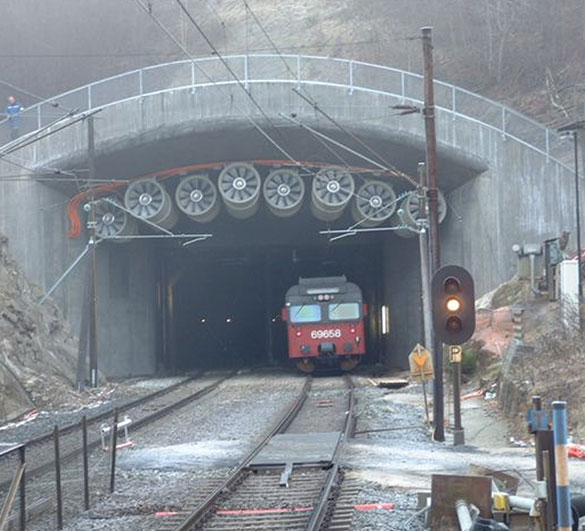Industrial fans are crucial components in a wide range of industrial processes, providing airflow and ventilation for various applications. They come in different types and configurations, each designed for specific purposes. In this blog post, we will explore some of the different types of industrial fans commonly used in industrial environment.
Centrifugal Fans: Centrifugal fans, also known as radial fans, are widely used in industrial applications that require high airflow and pressure. They are characterized by their cylindrical shape with a forward or backward curved blade design. Centrifugal fans are versatile and can be used in a variety of applications, such as ventilation, drying, cooling, and dust collection. They are ideal for processes that require higher pressure and airflow, making them suitable for material handling, pneumatic conveying, and HVAC systems.
Axial Fans: Axial fans are another common type of industrial fan designed for applications that require high airflow rates but lower pressure. They feature a propeller-like blade design and are usually used for applications such as cooling, exhaust, and ventilation in large spaces. Axial fans are often used in industries such as agriculture, mining, and automotive manufacturing, where large volumes of air movement are required.
Blower Fans: Blower fans, also known as centrifugal blowers, are similar to centrifugal fans but are smaller in size and usually have a scroll-shaped housing. They are commonly used in applications that require moderate airflow rates and higher pressure, such as in HVAC systems, drying processes, and pneumatic conveying. Blower fans are known for their compact size, efficiency, and versatility, making them suitable for various industrial processes.
Exhaust Fans: Exhaust fans are designed specifically for removing stale air, fumes, and pollutants from industrial facilities. They are commonly used in applications that require ventilation, such as in manufacturing plants, warehouses, and commercial kitchens. Exhaust fans can be axial or centrifugal, depending on the specific requirements of the application, and are essential for maintaining good indoor air quality and ensuring a safe working environment.
Process Fans: Process fans are specialized industrial fans designed for specific industrial processes, such as combustion, drying, and chemical reactions. They are tailored to meet the unique requirements of these processes, including high temperatures, corrosive gases, and high-pressure conditions. Process fans are crucial in various industries, such as power generation, petrochemicals, and pharmaceuticals, where precise airflow and pressure control are critical for process efficiency and safety.
High-Temperature Fans: High-temperature fans, also known as oven fans or furnace fans, are designed to operate in extreme high-temperature environments, such as in industrial furnaces, kilns, and ovens. These fans are constructed with materials that can withstand high temperatures and are essential for maintaining proper airflow, temperature control, and combustion efficiency in high-temperature processes.
Roof Fans: Roof fans, as the name suggests, are mounted on the roof of industrial buildings and are used for ventilation and exhaust purposes. They are commonly used in industries where space constraints or building design limitations do not allow for other types of fans. Roof fans are available in different configurations, including axial and centrifugal, and can be used for various applications, such as warehouse ventilation, commercial kitchen exhaust, and building ventilation.
In conclusion, industrial fans play a crucial role in providing airflow, ventilation, and temperature control in various industrial processes. There are different types of industrial fans available, each designed for specific applications and requirements. Understanding the different types of industrial fans and their capabilities can help in selecting the right fan for a particular industrial process, ensuring optimal performance, energy efficiency, and safety. Consulting with an experienced HVAC professional or fan manufacturer can provide valuable insights and guidance in selecting the appropriate industrial fan for your specific needs.


